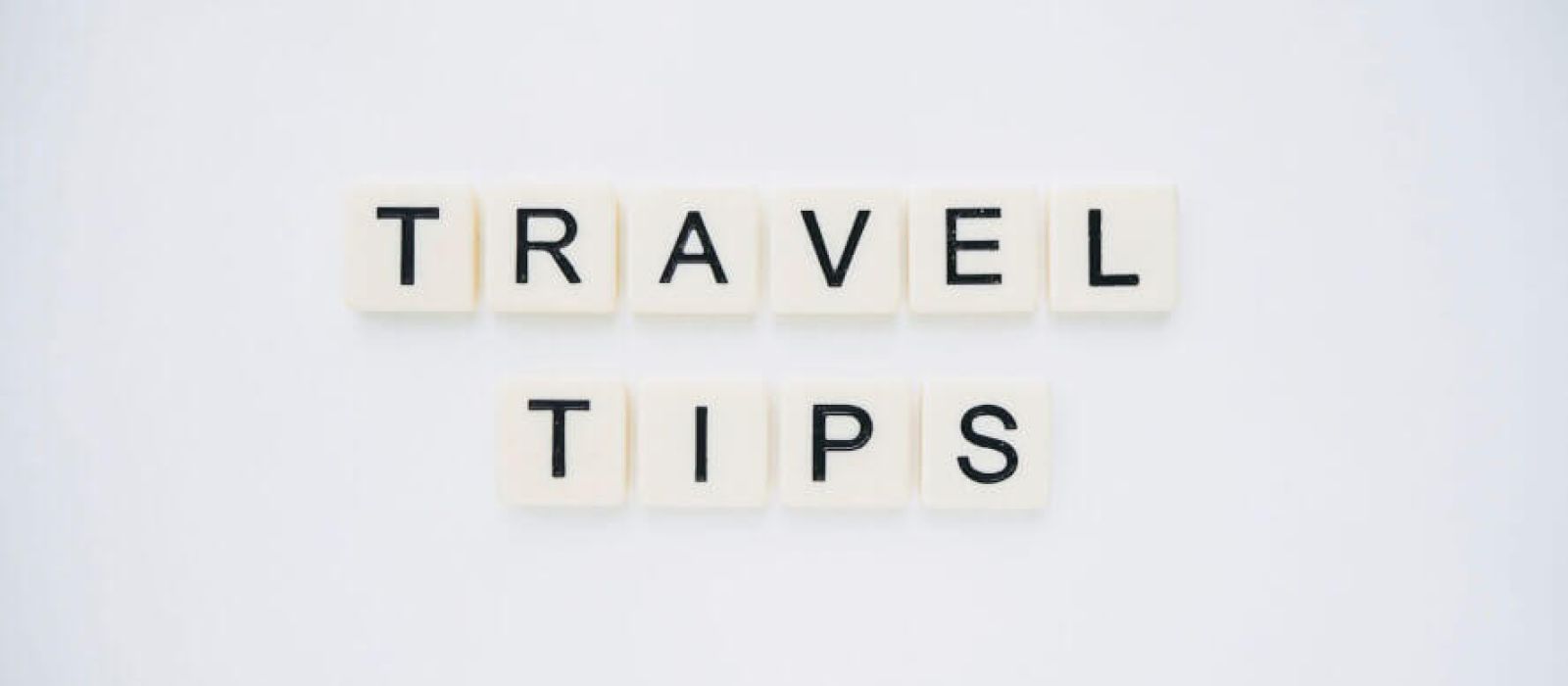
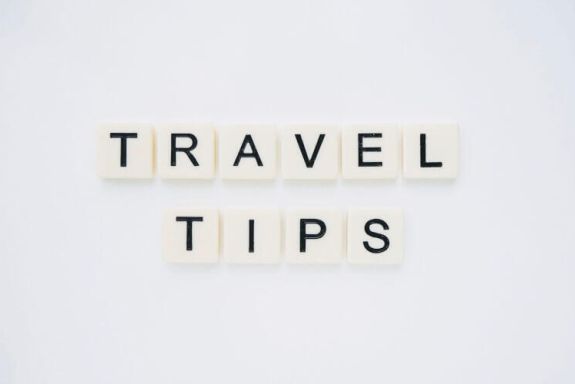
If we don’t win, you don’t pay.
NO WIN – NO FEE

ON CALL 24/7

U.S. Marine

You were in a vehicle crash. Now what? True, your legal needs are of utmost importance. But did you know that no one can win an injury case with an insurer or a jury without evidence of a severe injury?
For example, if you never took an ambulance to the hospital, you already hamstrung your case with the insurance agent even if your insurance policy pays the claim. And you thought you were friendly to the scared, shivering, at-fault driver who hit your car. Did you get suckered into not calling the police and failing to obtain a documentary police report with the defendant’s insurance and driver’s license number? Here are some steps to avoid getting hoodwinked by greedy insurance companies after car crashes in Los Angeles, CA.
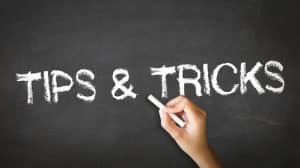
So you figured you’d be a good Samaritan and ” do the right thing” by helping injured people at the scene and handling it out of court. Boy, were you wrong about avoiding the insurance claims process! The guy who caused the crash has made a 180-degree turn and now says, “prove it,” and “call my insurance company and make an insurance claim.” I bet you’re glad you wrote down his license plate and phone number, right?
So now, when you text or phone the wrongdoer, trying to get paid for your chiropractor’s bodily injury treatments and car rental bills covered, you are patronized and rebuffed.
Don’t make this mistake after a car accident. You can’t trust the other guy to cover your rental car or anything else when you are in a wreck. Period! The perp will lawyer up after they convince you not to call the police or preserve evidence. So now it’s time to think about you, your family, and others relying on you for their sustenance.
From our legal perspective, getting needed medical care and personal injury protection is your number one method of preserving your legal rights to maximum compensation. (You’ll be out of pocket for medical bills and deductible amounts from your insurance)
But if your physical health permits with reasonable conditions, you can do many other things after a collision your lawyer can use to help build your case. Below are the seven most important steps you should take after a car accident, written by lawyer Michael Ehline (Here are tips to avoid accidents altogether).
Afterward, we will provide you with contact information if you need help. But you probably landed here because you need help dealing with casualty insurance after an unavoidable accident.
Take these steps after a car accident if safe conditions exist:
Step 1: Call 9-1-1 And Get an Ambulance Too
Hail the police to the accident scene. Calling 9-1-1 not only helps keep order, but it also allows the officer to document the statements of witnesses (See California Vehicle Code Sections 16028 (a),(b),(c),(d), et. seq).
Officers can also help scared or cowardly accident victims have a voice at the car accident scene. That way, parties can peacefully exchange mandatory insurance policy info and other contact information of people and locations.
Also, parties can be separated and questioned to investigate the collision’s primary cause and document these items of evidence in a “traffic collision investigation report.”
- Take an Ambulance to the Emergency Room—You can Receive proper medical attention at a local hospital near you by ambulance.
- Turn on your auto accident hazard lights and render aid if you can.

Step 2: Watch What You Say – “Loose Lips Sink Ships”
Watch what you say to the police, bystanders, and parties – The old TV show Dragnet said it best. “Anything you say can and will be used against you.” Officer Friday also said: “Just the facts, mam, only the facts,” even though he never said that. Of course, this is easier said than done. You are hurt. Adrenaline pumps heavily inside your body, making you want to fight or take flight.
You are confused and injured. What you say right now can make or break your case with the car insurance company, so the first step is to be calm. Breathe and close your eyes. Prepare yourself.
Don’t worry about paying your deductible right now. Don’t argue about auto insurance or who’s at fault for your serious injuries.
Never say, “Sorry about that,” or “I feel terrible about all of this,” for example. Doing so creates a scam, allowing the other driver’s insurance company to delay, deny, and blame you, the victim, for the collision.

Don’t speak to anyone but a lawyer. If your attorney recommends making a statement to another agency or organization on a three-way call, feel free. However, a slip of the tongue could sink your chances of payment. And if you did so by mistake before speaking to the attorney, please reveal this immediately.
Step 3: Exchange Mandatory Proof of Insurance And License.
Exchange your driver’s license and insurance documentation with the other vehicle drivers in the crash, if more than one. Sometimes, tempers flare, and it takes the police to help gather insurance evidence and additional identifying information. (Read more here about evidence-gathering in civil cases of car accidents.)
However, California Vehicle Code Section 16025 mandates that every driver in a motor vehicle crash provide information back and forth to each other driver, regardless of who caused the wreck.
This is a mandatory, not a permissive act, making it a reflexive duty under the Vehicle Code.
- What Exactly Must Be Turned Over to the Other Drivers?
(1) Proof of compliance with California’s financial responsibility laws, as stated in California Vehicle Code Section 16020. (Typically, your insurance information, including your policy number).
(2) Name of the driver(s).
(3) The driver’s CURRENT address. (If the other person just moved, they must turn that address over).
(4) Your driver’s license number. (This appears on your license itself).
(5) Vehicle registration number.
(6) The correct physical address of the vehicle’s registered owner.
Having a smartphone comes in handy during the age of only a few pencils or ink pens. You can snap pictures of the other driver’s insurance card and license without trying to find an “ink stick.”
Remember, it is always advisable to stabilize yourself after a nasty crash. Try relying on a nearby family member, witness, or friend right after an accident to help you get the other guy’s information. But if you can gather evidence, including insurance coverage amounts, don’t stop there; read below.
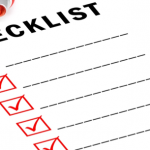
Step 4: Gather As Much Evidence As You Can!
Use your smartphone to photograph the accident scene, witnesses, and parties. Again, assuming you are not disabled or don’t have a passenger who can help, use your phone camera.
Take video and still shots of the crash’s entire vicinity—Snap photos of the locations where each vehicle came to rest. Make sure to get pictures of the car’s damage.
Snap photos and videos of paint transfer marks on wheels, curbs, and vehicle shells—photograph road debris from as many angles as possible, always including a reference point.
- Get pictures of debris patterns and skid marks, and try to videotape any faulty traffic signal phasing or road construction projects that may have contributed to the crash. Photograph street signs and vehicle license plates. And even try to get pictures of the witnesses.
- Make a good faith attempt to document their phone numbers and names in your smart device’s notepad or address book.
- Think like Perry Mason. Try to do the same with the other parties. At least when someone flees the scene without exchanging mandatory proof, the police will have your evidence, and they can run the license plate.
- Sometimes, drunk or impaired drivers stumble back into their cars or run away from accident scenes.
- Later, they may blame the victims, lie, and say someone stole their vehicle that day.
- But what if you have a video showing them drunk, running off that shows their face or records their slurred speech as they stumble and stammer drunk? Any documentation of bloodshot eyes or a person’s lack of balance can help prove that the other person was likely impaired and, thus, reckless or negligent.
- Hopefully, law enforcement or the California DMV can locate the person who fled the scene later if necessary. Police may use this accident report evidence later in the defendant’s criminal prosecution. (jot down the police officer’s badge number)
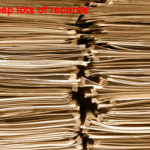
Step 5: Stop Posting Stuff On Social Media!
- Stop posting pictures of property damage or incriminating statements on Facebook*. Other social media like Instagram* – The liability insurance company and the insurance defense attorney aim to pay the personal injury victim (“plaintiff”) as little as possible. These auto accident insurers will seek to call it a minor whiplash fender bender. Your posting about the scene of an accident, even if you are the victim’s find, will play into the liability insurer’s “good hands.” (keep in mind, Allstate, Mercury, Infinity, and State Farm employ equally ruthless insurance adjusters).
It’s common to post things on Facebook, Instagram, etc., about everything we do in life, past, present, and future. Insurance adjusters know this, and they exploit it to gain leverage in case of settlement negotiations. They will immediately gather a dossier on your social media accounts using programs like myreputation.com, seeking other reasons causing your injuries besides your car accident. Or they will try and see if you are making up or exaggerating your injuries, which is insurance fraud. As a result, insurance investigators use social media to convince personal injury lawyers to withdraw from a seemingly fraudulent case like a hot potato. What are the steps in investigating a car accident victim online?
- One, do a background investigation on the plaintiff’s name and address.
- Look at the publicly known emails and phone numbers connected to the plaintiff. (remember, many people use social media aliases associated with a natural person using a publicly known phone number or email associated with the plaintiff). Three, after identifying the plaintiff’s social media accounts. Most of all, if your social media profiles are set to “public,” it is not private information. In other words, you have no reasonable expectation of privacy from an investigator accessing your posts, comments, likes, pluses, images, memes, videos, mpegs, or other pictures.
*CAVEAT: Even if you have your privacy setting set to share with friends only, a sneaky investigator could easily set up a fake social account and try to trick you into sharing your life with them. Disproving your claims is the goal of the insurance company. And you can never underestimate the power in negotiations of Subrosa and other investigations adjusters conduct.
Again, their goal is to pay plaintiffs the least or nothing if possible. Their investigators are looking for any pictures showing the accident scene or images of an old injury caused somewhere else. Their goal is to blame you for the accident or make you a liar.
- They will seek photos of you walking around the collision scene because now you claim you can’t walk, have a limp, etc.
- They want to compare what you said online to statements you gave the adjuster during a recorded call. This conversation will test your integrity if you lie about facts relevant to proving injury or fault. At the most minor, social media evidence can be used to argue that the victims exaggerated their injuries or made them worse later, such as going on a ski trip or a gym instead of following the doctor’s bedrest restrictions example.
- Anything you post online can and will be used against you. And insurance companies will not hesitate to use information from social media against you in any way they can.
- The other party aims to discredit the plaintiff and reduce your tort claim’s case value. Although some lawyers recommend that clients delete or take down their social media before establishing a claim, some legal beagles suggest this could be construed later as destruction or withholding evidence. The safest bet is not to let your life be on public display and to stay away from social media during the pendency of your car accident insurance claims.
Step 6: Speak to a Car Crash Lawyer Today!
Consult with a motoring accident attorney immediately. You should never give a recorded statement to a liability insurance adjuster other than an accident happened, and you will explain as soon as you retain counsel.
That is what the intelligent person does. Unfortunately, most people call us after they have sabotaged their case by saying things like, “I’m fine.” They may still have adrenaline masking a ruptured or bulging disc, for example. All the while, the insurance adjuster agreed that you were okay.
And, as months went by, you didn’t see a doctor. And if your car is still in the repair shop, you’ll likely incur expensive storage fees. Getting legal advice helps ease these tensions.
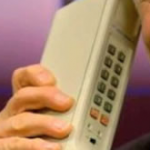
- First, neither your insurance company nor the other person’s insurer is your friend. These people are your adversaries. Because of this, you must retain your injury lawyer right away. Most of all, the longer you delay, the less chance of damage control to your claims. A lawyer is essential to protecting you and the statute of limitations. The power of this newfound legal shield is telling because once your adversary knows you have a lawyer, no other attorney or adjuster is allowed to talk to you without your lawyer present. So now you have started to tip the scales in your favor, and you can focus on healing.
- Keep your lawyer in the loop. You decided to hire an attorney. Make sure they are involved in every step of your recovery. Having them know how you feel is smart. Also, they must see if you’ve moved. And what if you’ve lost or changed your job? It would help if you kept your lawyer abreast. So tell your legal team if you cannot work or visit the doctor. All this and other data will remain essential for a compelling, winning personal injury case.

I am assisting fatality victims.
Step 7: Start Journaling and Documenting Your Daily Suffering
Day-in-the-life videos and pictures—Because proof of pain and suffering remains crucial in the damages recovery element of your case and is hard to demonstrate with words alone, we encourage our clients to put a dollar amount on their claims.
How do you do this? Document these new experiences since your accident in a written or digital journal. And we encourage you to go the extra mile and include images and motion pictures.
One of the best ways to prove the ambiguities when seeking money for intangibles like grief, pain, suffering, and loss is to record everything for a jury to see.
Keep track of driving time, expenses for drugs and medicine, time at the doctor’s office, who you treated, and the conversations’ substance.
It is essential to take all of this down because general damages awards are far higher when evidence shows a jury can touch, see, hear, and smell in their mind’s eye.
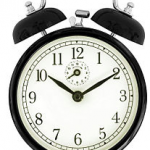
There’s no time to waste. The records of your injuries can disappear. Memories can fade, and witnesses can die. Your lawyer can help you get them now and strike while the iron is hot.
Also, deadlines in court or with the insurance company are approaching quickly. Make sure you respond quickly to all letters from your attorneys. Send the lawyer the needed documents from doctors or those required for courts and insurance companies.
Ensure that anyone your attorney refers you to receives papers and documents signed only after consulting with your lawyer.
Learn More Tips and Secrets for Dealing With Bad Auto Accidents From Car Accident Attorneys Today
Don’t waste time – or time will leave you behind! We hope you share these seven vital steps after a car accident with all your friends and family. If you already have a lawyer and are unhappy with their attitude or service or don’t know what to do, we can help.
If you were a pedestrian struck by a hit-and-run sidewalk driver, you might receive homeowner’s, uninsured (UM), or under-insured (UIM) motorist protection. So it would help if you did not give up.
Reach out to a car accident attorney in Los Angeles, California, now at Ehline Law Firm, Personal Injury Attorneys, APLC. We are available 24 hours a day, seven days a week, to take your essential call (213) 596-9642. You can also fill out the online contact form for verification purposes only.
-
Accordion Index - General Car Accident
Accordion Index - General Car Accident
- Limousine Accidents
- Limo Bus Accident
- LAX Taxi accident
- Taxi Cab Injury
- Lyft Accidents
- Uber Accident
- Wheels E-Bike Rental App
- Bus Accident
- Train Accident
- EMT Vehicle Accident Attorney
- Fire Truck Accident Lawyer
- Delivery Vehicle Accidents
- Amazon Delivery Trucks
- BulletProof Armored Vehicles
- DHL Accidents
- FedEx Truck Accidents
- GrubHub Accidents
- UPS Delivery Truck Accident
- Big Rig Truck Accident
- Bicycle Accident
- Motorcycle Accident
- Parking Structure Accident
- Pedestrian Collisions

